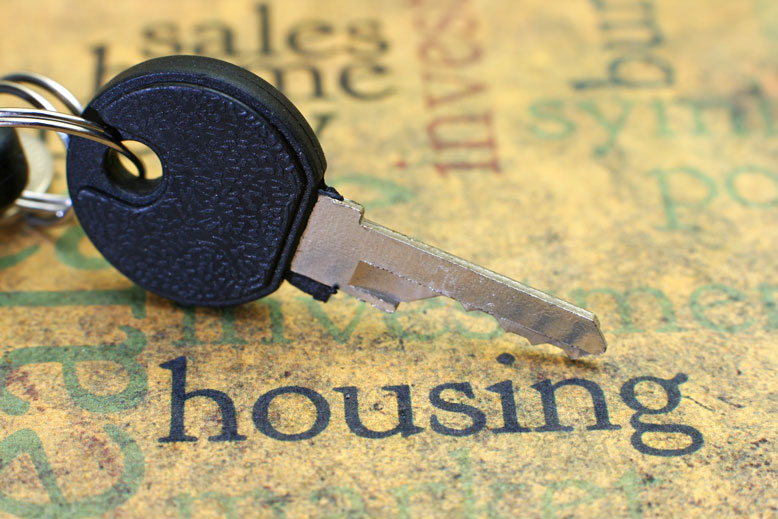According to Moody’s Last Tuesday, US government-sponsored enterprises (GSEs) Fannie Mae and Freddie Mac released a new joint loan application for residential mortgage loans that requires additional information fields from borrowers and provides standardized definitions for various data fields.
The new form takes effect on 1 January 2018. The additions to the form will increase the granularity and accuracy of the data that the GSEs collect, which will allow them to refine their automated underwriting models to better differentiate credit risk. This likely will lead to stronger loans originated using the GSEs’ automated underwriting systems and will be credit positive for future residential mortgage-backed securities (RMBS) backed by conforming loans.
The new application form provides the GSEs with more detailed information electronically and allows them to improve credit analysis by linking various borrower characteristics to loan performance. Additionally, standardized definitions of data fields will reduce the GSEs’ reliance on lenders to ensure that the data are correctly defined. The form also will help ensure accuracy in areas where borrowers were previously likely to make assumptions that were inconsistent with the GSEs’ definitions.
Examples of some significant new fields, and fields that now have standardized choices include the following:
- Total gifts and grants: The new form requires borrowers to identify the source of gifts or grant funds and provides nine sources from which to choose, including a relative, unmarried partner, employer or federalagency. The previous form did not provide such categories and only asked prospective borrowers to identify the amount of gifts and grants.
- Income type: The new form requires borrowers to itemize income under 20 specific sources, such as automobile allowance, foster care and royalty payments. The previous form only asked prospective borrowers to list types of income, without providing any categories.
- Borrower assets: The new form provides 13 categories of assets from which to choose, such as checking, savings, bridge loan proceeds and mutual funds. The previous form had fewer categories.
- Self-employment/business ownership: The new form asks borrowers if they are self-employed or business owners, defines upfront that the prospective borrower must own at least 25% of the business to qualify as a business owner, and asks whether the borrower is employed by a family member. The previous form lacked that kind of detail, merely asking prospective borrowers to check a box denoting whether or not they were self-employed.

